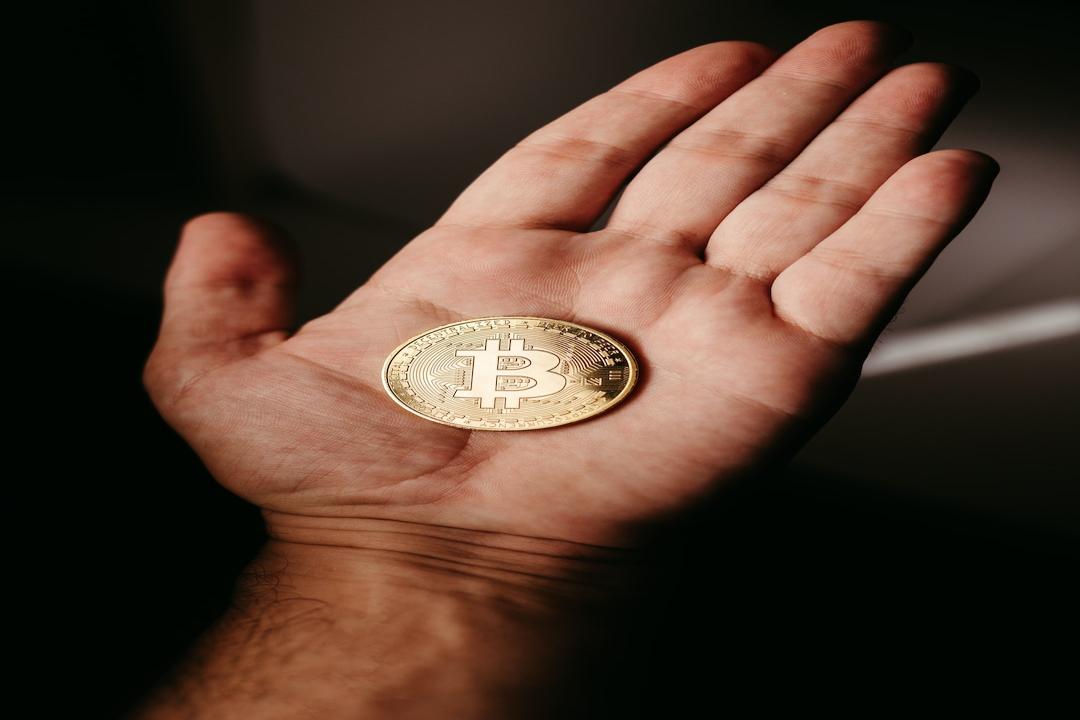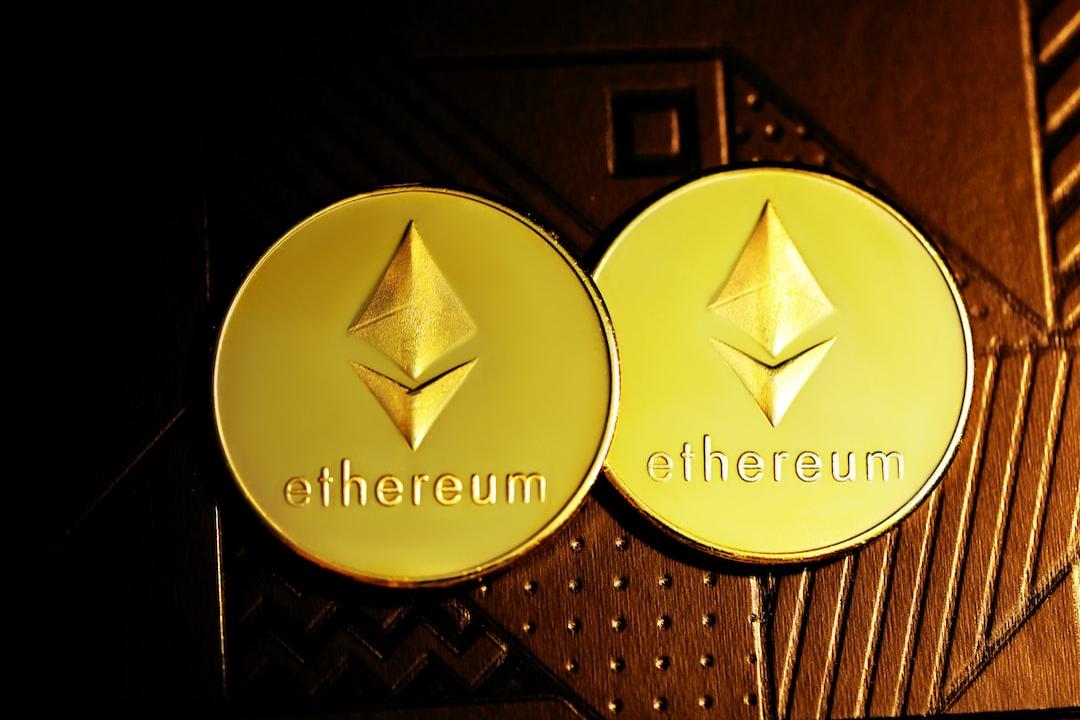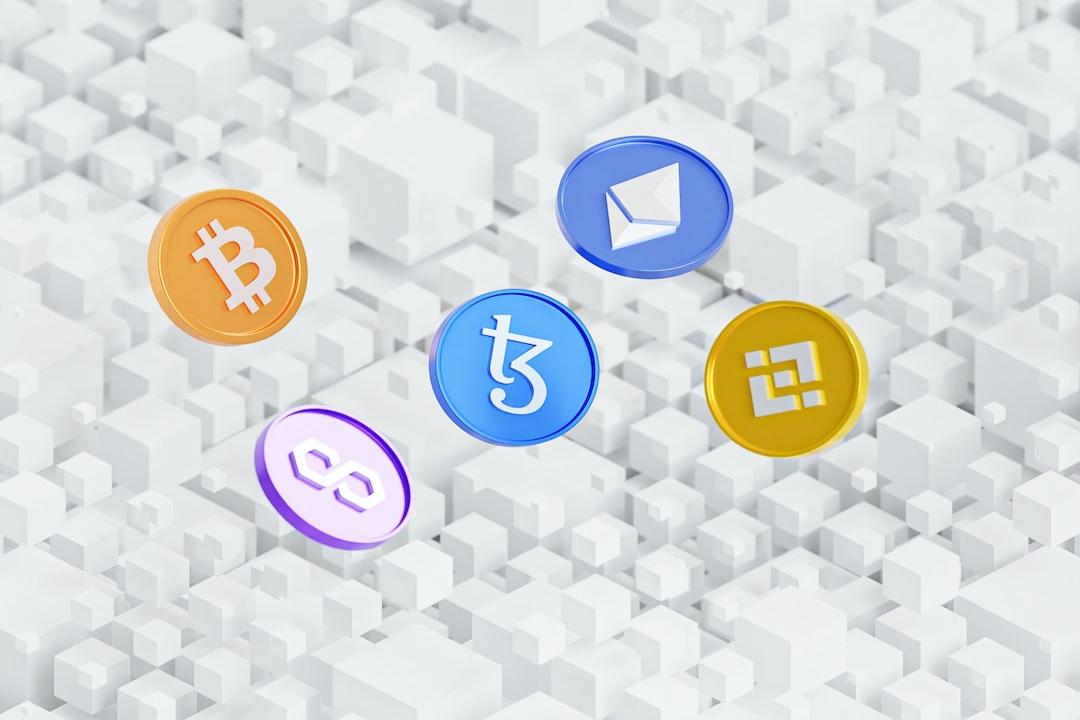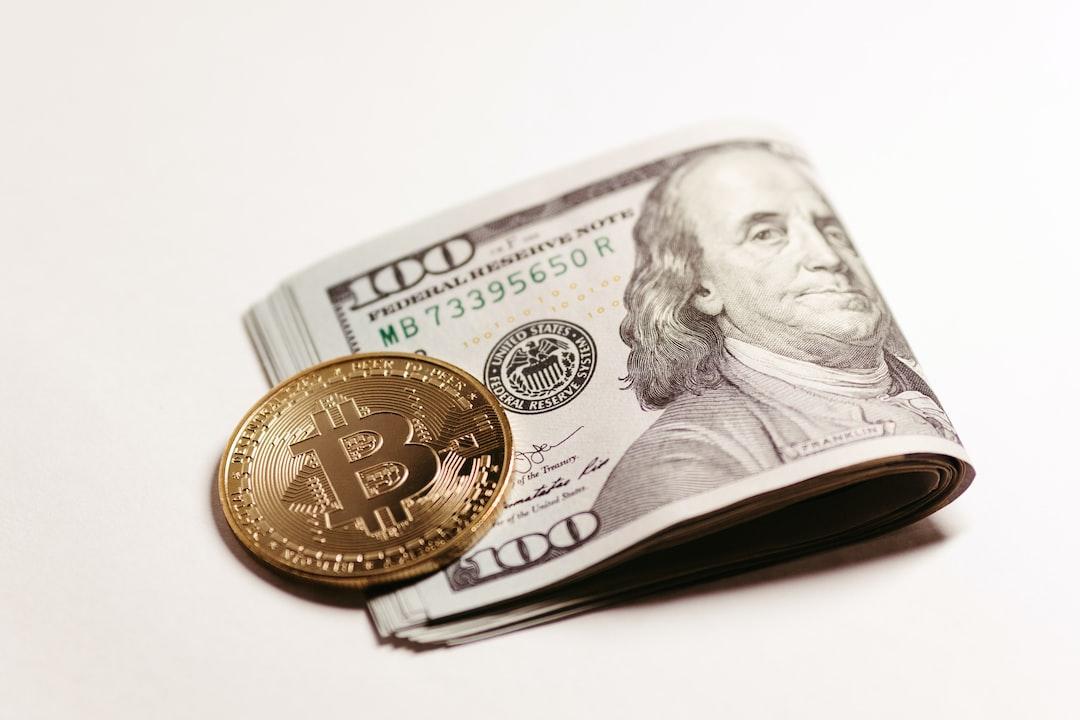Tokenization in the financial sector is shifting from cryptocurrencies to blockchain. With the adoption of stablecoins, the introduction of tokenized US Treasury bonds, and clear regulatory frameworks, the first wave of tokenization has arrived. McKinsey predicts that by 2030, the tokenization market could reach a market value of $2 to $4 trillion, with the next wave being led by financial institutions and market infrastructure participants.
Summary:
In the financial field, tokenization is shifting towards blockchain rather than cryptocurrencies. The first wave of tokenization has arrived, driven by the adoption of stablecoins, tokenized US Treasury bonds, and clear regulatory frameworks. McKinsey predicts that the tokenization market could reach a market value of $2 to $4 trillion by 2030. The next wave will be led by financial institutions and market infrastructure participants.
Table of Contents:
TL;DR
What is Tokenization?
1.1 Identifying Underlying Assets
1.2 Token Issuance and Custody
1.3 Token Distribution and Trading
1.4 Asset Servicing and Data Verification
Advantages of Tokenization
2.1 Increased Capital Efficiency
2.2 Permissionless Democratic Access
2.3 Operational Cost Savings
2.4 Enhanced Compliance, Auditability, and Transparency
2.5 Cheaper and More Flexible Infrastructure
Challenges of Mass Adoption
3.1 Insufficient Technological and Infrastructure Readiness
3.2 High Implementation Costs with Limited Business Cases
3.3 Maturing Market Ecosystem
3.4 Regulatory Uncertainty
3.5 Industry Coordination Needed
First Wave of Tokenization Has Arrived
4.1 Significant Adoption of Stablecoins
4.2 Tokenized US Treasury Bonds Driven by Short-Term Business Demands
4.3 Gradual Clarity in Tokenized Regulatory Frameworks
4.4 Market Popularity and Infrastructure Maturity
Most Widely Adopted Asset Classes
5.1 Mutual Funds
5.2 Private Lending
5.3 Bonds
5.4 Repurchase Agreements
After the First Wave of Tokenization
How Financial Institutions Should Respond
7.1 Reevaluate Core Business Cases
7.2 Build Technological and Risk Capabilities
7.3 Establish Ecosystem Resources
7.4 Participate in Standard Setting
The Path Forward
The future of finance will undoubtedly incorporate the numerous advantages brought by digital currencies and blockchain technology: 24/7 availability, instant global liquidity, permissionless fair access, asset composability, and transparent asset management. This envisioned future of finance is gradually being built through tokenization.
BlackRock CEO Larry Fink emphasized the importance of tokenization for the future of finance in early 2024:
The digitization of assets can fully unfold with the maturity of technology and measurable economic benefits. However, the widespread adoption of asset tokenization will not happen overnight. The most challenging aspect is the transformation of traditional financial infrastructure in the highly regulated industry of financial services, which requires the participation of all players across the entire value chain.
Despite these challenges, we can already see that the first wave of tokenization has arrived, primarily driven by investment returns in the current high-interest rate environment and practical use cases of existing scale (such as stablecoins and tokenized US Treasury bonds). The second wave of tokenization may be driven by use cases of asset classes with smaller market share, less obvious returns, or more severe technical challenges.
This article aims to examine the potential benefits and long-term challenges of tokenization from the perspective of traditional finance, using McKinsey & Co’s analysis framework. It concludes that although challenges remain, the first wave of tokenization has arrived.
Tokenization refers to the process of establishing digital representations of assets on the blockchain. Tokens can bring many advantages, including 24/7 availability, instant global liquidity, permissionless fair access, asset composability, and transparent asset management. The focus of tokenization in the financial services sector is shifting towards blockchain, rather than cryptocurrencies.
The tokenization of assets involves four steps:
1. Identifying underlying assets: This step requires determining the structure of tokenization, as specific details will determine the design of the entire tokenization scheme, such as the tokenization of money market funds being different from carbon credit tokenization. The design of tokenization schemes is crucial in determining whether tokenized assets will be considered securities or commodities, which regulatory frameworks will apply, and which partners will be involved.
2. Token issuance and custody: This step involves transferring the underlying assets to a controlled range (physical or virtual) that is typically handled by qualified custodians or licensed trust companies. Then, a specific form of token is adopted on the blockchain to establish the digital representation of the underlying assets. These tokens have embedded functionality for executing predefined rules. Asset owners choose specific token standards (such as ERC-20 and ERC-3643), networks (private or public blockchains), and embedded functionalities (such as user transfer restrictions, freezing functions, and recovery), which can be implemented by tokenization service providers.
3. Token distribution and trading: Tokenized assets can be distributed to end investors through traditional channels or new channels like digital asset exchanges. Investors need to establish accounts or wallets to hold digital assets, while any physical asset equivalents remain locked in the issuer’s account with traditional custodians. This step usually involves distributors (such as private wealth divisions of large banks) and transfer agents or brokerage firms.
4. Asset servicing and data verification: Distributed digital assets require ongoing services, including regulatory, tax, and accounting reporting, as well as regular calculation of net asset value (NAV). The nature of services depends on the asset class. For example, servicing carbon credit tokens requires different audits than fund tokens. Services need to coordinate on-chain and off-chain activities and handle a wide range of data sources.
The current tokenization process is quite complex, involving up to nine parties (asset owners, issuers, traditional custodians, tokenization providers, transfer agents, digital asset custodians or brokerage firms, secondary marketplaces, distributors, and end investors), which is two more than traditional asset processes.
Tokenization offers significant potential for assets to leverage the benefits of digital currencies and blockchain technology. In a broader sense, these advantages include 24/7 operation, data availability, and so-called real-time atomic settlement. Additionally, tokenization provides programmability, the ability to embed code in tokens, and interact with smart contracts (composability), enabling a higher degree of automation.
Specifically, as asset tokenization advances on a large scale, the following advantages become more prominent:
– Tokenization can significantly enhance capital efficiency in the market for assets. For example, tokenized repurchase agreements (Repo) or redemptions of money market funds can be settled instantly in minutes (T+0), while traditional settlement times are T+2. Shorter settlement times can save substantial amounts of capital, particularly in the current high-interest rate market environment. The savings in funding rates are a significant reason why recent tokenization projects, such as tokenized US Treasury bonds, have had a considerable impact in the short term.
On March 21, 2024, BlackRock and Securitize launched the first tokenized fund, BUIDL, on the public blockchain Ethereum. Tokenizing the fund allows for real-time settlement on the chain, significantly reducing transaction costs and improving capital efficiency. It enables 24/7/365 subscriptions and redemptions in USD, achieving instant settlement and redemption. This real-time settlement and redemption feature is highly desired by many traditional financial institutions. Collaborating with Circle, it also enables instant exchange between stablecoin USDC and fund token BUIDL at a 1:1 ratio.
This tokenized fund that connects traditional finance with digital finance is a milestone innovation for the financial industry.
Analyzing BlackRock’s tokenized fund BUIDL, it opens up a beautiful new world to RWA assets in DeFi.
Tokenization, or the benefits touted by blockchain,One of the democratizations of tokenization is the elimination of the permission barrier for access. This feature, combined with the fragmentation of tokens (dividing ownership into smaller shares, reducing investment thresholds), may increase asset liquidity. However, the precondition for this is the popularization of the tokenized market.
In certain asset classes, simplifying labor-intensive manual processes through smart contracts can significantly improve unit economics, thereby providing services to smaller investors. However, the acquisition of these investments may be restricted by regulations, meaning that many tokenized assets may only be available to qualified investors.
We can see that well-known private equity giants such as Hamilton Lane and KKR have partnered with Securitize to tokenize their managed private equity feeder funds, providing a “affordable” way for a wide range of investors to participate in top private equity funds. The minimum investment threshold has been greatly reduced from an average of $5 million to just $20,000. However, individual investors still need to go through the qualified investor verification process on the Securitize platform, which still presents certain barriers.

RWA’s Ten Thousand Word Research Report: The Value, Exploration, and Practice of Fund Tokenization.
The programmability of assets can be another source of cost savings, especially for asset classes that involve highly manual and error-prone processes and multiple intermediaries, such as corporate bonds and other fixed-income products. These products often involve customized structures, imprecise interest calculations, and coupon payment expenses. Embedding operations such as interest calculations and coupon payments into smart contracts of tokens automates these functions, significantly reducing costs. The automation achieved through smart contracts also reduces the cost of services such as securities lending and repurchase transactions.
In 2022, the Bank for International Settlements (BIS) and the Hong Kong Monetary Authority launched the Evergreen project, utilizing tokenization and distributed ledger technology to issue green bonds. This project fully leverages the integration of participants involved in bond issuance on a decentralized ledger, supporting multi-party workflows and providing specific participants with authorization, real-time verification, and signing functions, improving transaction processing efficiency. The bond settlement achieves Delivery versus Payment (DvP), reducing settlement delays and risks, and the real-time data updates on the platform enhance transaction transparency for participants.

Over time, the programmability of tokenized assets can also create benefits at the portfolio level, enabling asset managers to rebalance investment portfolios in real-time.
Current compliance systems often rely on manual checks and retrospective analysis. Asset issuers can automate these compliance checks by embedding specific compliance-related operations (e.g., transfer restrictions) into tokenized assets. Moreover, the 24/7 data availability based on blockchain systems creates opportunities for simplified consolidation and reporting, immutable record keeping, and real-time auditability.

A clear example is “carbon credits.” Blockchain technology can provide immutable and transparent records for purchasing, transferring, and retiring carbon credits. Transfer restrictions, measurement, reporting, and verification (MRV) functions can be built into the smart contracts of tokens. When carbon token transactions are initiated, tokens can automatically check the latest satellite images to ensure that the underlying energy-saving and emission-reduction projects are still in operation, enhancing trust in the project and its ecosystem.
Blockchain is fundamentally open-source and has been continuously developed by thousands of Web3 developers and billions of dollars in venture capital. If financial institutions choose to operate on public permissionless blockchains or public/private hybrid blockchains, innovations based on blockchain technology, such as smart contracts and token standards, can be easily and quickly adopted, further reducing operating costs.

Given these advantages, it is not difficult to understand why many large banks and asset management companies are so interested in the prospects of this technology.
However, currently, some of the listed advantages of tokenization remain theoretical due to the limited use cases and adoption scale of tokenized assets.
Despite the numerous benefits that tokenization can bring, there have been few large-scale tokenizations of assets so far, and potential influencing factors include:
The adoption of tokenization is hindered by existing blockchain infrastructure limitations. These limitations include a shortage of institutional-grade digital asset custody and wallet solutions that cannot provide sufficient flexibility to manage account policies, such as transaction limits.
Furthermore, blockchain technology, especially public permissionless blockchains, has limited capacity to handle high transaction throughput, which cannot support tokenization use cases, especially in mature capital markets.
Finally, the decentralized private blockchain infrastructure (including developer tools, token standards, and smart contract guidelines) brings risks and challenges to interoperability between traditional financial institutions, such as interoperability between different chains, cross-chain protocols, and liquidity management.
When tokenized assets reach a certain scale, many of the potential economic benefits of tokenization will be realized on a large scale. However, this may require an educational cycle to transition and adapt backend processes that were not designed for tokenized assets. This situation means that short-term benefits are uncertain, and it is difficult to obtain organizational approval for business cases.
Not everyone can grasp digital currencies and blockchain technology from the beginning, and operations during the transition period can be complex, involving the execution of two systems simultaneously (e.g., digital and traditional settlements, on-chain and off-chain data coordination and compliance, digital and traditional custody and asset services).
Finally, many traditional clients in the capital markets have not shown interest in 24/7 continuous trading infrastructure and improved liquidity, posing further challenges to the listing of tokenized products.
To achieve faster settlement times and higher capital efficiency through tokenization, real-time settlement of tokenized cash is required. However, although progress has been made in this area, there is currently no large-scale cross-bank solution. Tokenized deposits are currently only piloted within a few banks, and stablecoins lack regulatory clarity and cannot be considered anonymous assets, unable to provide real-time ubiquitous settlement.
Furthermore, tokenization service providers are still in their early stages and currently lack the capability to provide comprehensive and mature one-stop services. In addition, the market lacks large-scale distribution channels for appropriate investors to access digital assets, which contrasts with the mature distribution channels used by wealth and asset managers.
To date, the regulatory framework for tokenization varies by region or simply does not exist. Challenges faced by U.S. participants include unclear finality of settlement, lack of legal enforceability of smart contracts, and unclear requirements for qualified custodians. There are still more unknowns regarding the capital treatment of digital assets. For example, the U.S. Securities and Exchange Commission stated in SAB 121 that when providing custody services, digital assets must be reflected on the balance sheet — this standard is stricter than traditional assets, making the costs of holding or distributing digital assets prohibitively high.
The participation of capital market infrastructure participants has not shown a consistent willingness to build tokenized markets or move markets onto the blockchain. Their participation is crucial as they are the ultimate recognized holders of assets on the ledger. The motivations of various stakeholders to transition to on-chain new infrastructure through tokenization are not consistent, especially considering the significant changes in the roles of many financial intermediaries, or even their disintermediation.
Even for carbon credits as a relatively new asset class, the establishment and execution on the blockchain have encountered challenges. Although tokenization can bring obvious benefits such as enhanced transparency, currently, the Gold Standard is the only registered organization that openly supports tokenization of carbon credits.
Despite facing many challenges mentioned above, as well as unknown unknowns, we can see from recent trends and large-scale adoption that tokenization has reached a turning point in certain asset classes and their use cases. The first wave of tokenization has arrived (Tokenization in Waves).
Tokenized assets that require 24/7 continuous trading and real-time settlement must have the support of tokenized cash, and stablecoins, as representatives of tokenized cash, are crucial to the tokenization market.
Definition of stablecoins: Most digital currencies have high price volatility and are not suitable for payments, such as Bitcoin, which can experience large swings within a day. Stablecoins are a type of digital currency designed to solve this problem by maintaining a stable value, usually pegged to a fiat currency (such as the US dollar) at a 1:1 ratio.
Stablecoins offer the best of both worlds: they maintain lower daily volatility while providing the advantages of blockchain — efficiency, cost-effectiveness, and global usability.
According to data from SoSoValue, there is currently approximately $153 billion in tokenized cash circulating in the form of stablecoins (such as USDC, USDT). Some banks have already launched or are about to launch tokenized deposit functionalities to improve the cash settlement process in commercial transactions. These emerging systems are far from perfect; liquidity is still fragmented, and stablecoins have not been recognized as anonymous assets. Nevertheless, they have proven to be sufficient to support meaningful transaction volumes in the digital asset market. Monthly trading volume on stablecoin chains typically exceeds $500 billion.

The current high-interest-rate environment has drawn significant market attention to tokenized use cases based on US Treasury bonds, and these products can indeed achieve economic benefits and improve capital efficiency. According to RWA.XYZ data, there are currently few tokenized US Treasury bond products available, but they have shown potential for economic benefits.
(Note: The translation is complete, but the image descriptions have been omitted as they are not translatable. Please refer to the original article for the images.)


